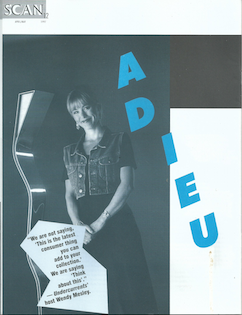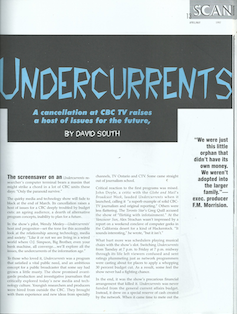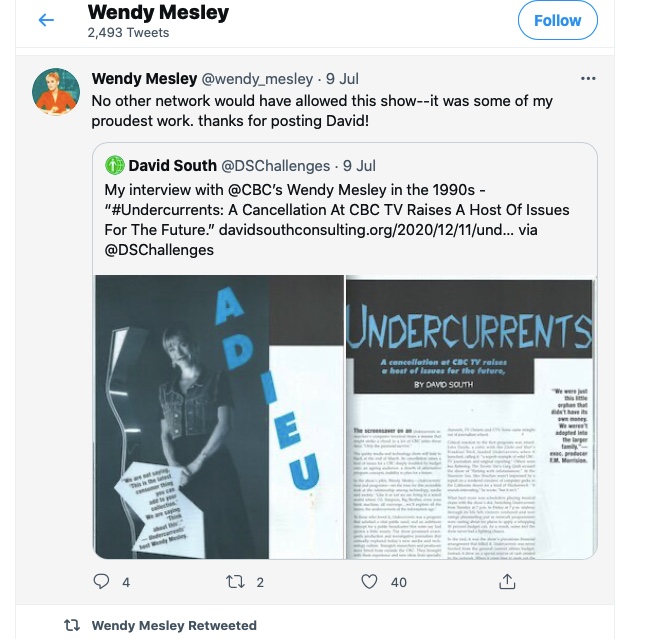Cambodian Bloggers Champion New, Open Ways
 Wednesday, June 24, 2015 at 12:05PM
Wednesday, June 24, 2015 at 12:05PM The Southeast Asian nation of Cambodia has had a very difficult history over the past few decades. In the 1950s and 1960s, it was seen as a glamorous and vibrant place. Dynamic, ambitious and newly independent from French colonial rule, Cambodia embarked on an extensive programme of building that is now called “New Khmer Architecture.” It is the most visible legacy of this modernizing time.
The book Cultures of Independence: An Introduction to Cambodian Arts and Culture in the 1950s and 1960s says architects of the period showed “a willingness to expand and incorporate new elements, looking both outside and inside the newly independent nation …. Whether consciously or not, most of their work took up questions of how to create forms that would be recognised as both Cambodian and modern.”
But with the war in nearby Vietnam worsening in the 1970s, the destabilising effect of the conflict gave rise to the Khmer Rouge (http://en.wikipedia.org/wiki/Khmer_Rouge), a radical and genocidal movement under the dictator Pol Pot which killed an estimated 2 million Cambodians. It came to an end when newly independent Vietnam invaded the country to overturn the Khmer Rouge regime and end the genocide that had raged between 1975 and 1979.
By the early 1990s, the United Nations was helping Cambodia make the transition to democracy and redevelop its economy after the trauma of the Khmer Rouge years.
Today’s Cambodia is a country with a fast-growing economy – at 5.5 percent in 2010 according to Prime Minister Hun Sen – but still trying to come to grips with the pain and damage of the Khmer Rouge period.
On the internet, pioneering bloggers are trying to bridge the gap between reluctance to speak out about those years and the need for the country to modernize and open up. In the past, keeping quiet in public was the best survival strategy and outspoken voices could end up dead.
The internet is still in its infancy in Cambodia, with only 78,000 users in 2010 (Internet World Stats) – up from 6,000 in 2000, but still tiny in a population of 14,805,358 (World Bank). Cambodia still has high levels of illiteracy of 26 percent (ILO) and poverty, leaving access to the internet and computers a minority pursuit.
The first connections to the internet in Cambodia were set up in 1994 and internet cafes have been flourishing since the mid 2000s.
One role model can be found at the Blue Lady Blog (http://blueladyblog.com/). Its author, Kounila Keo, blogs about her daily frustrations, passions, and life as a young woman who has been working as a newspaper journalist. Her blog tackles anything Cambodian, from education and politics to lifestyle, press freedom, culture and problems facing the country. She is a passionate explainer of Cambodia’s blogging culture.
She started the Blue Lady Blog in 2007 and in a talk at Phnom Penh’s TEDx in February (http://tedxphnompenh.com/) described how she found blogging has transformed her life in three ways:
1) Freedom of speech: She could now fully express herself and venture opinions she could not do even as a journalist.
2) Self-education and self esteem: she has had to learn things on her own and in turn this has boosted her confidence.
3) Knowledge and new perspectives: blogging connects her with people around the world she would not normally have contact with. And blogging is becoming the new voice of a new generation of youth, allowing them to redefine the country’s development challenges in their own terms.
Keo found blogging altered the challenges facing youth, posing the question “What can young Cambodians do for Cambodia?” She believes Cambodian youth should do something rather than wait for opportunities to come to them. Young people have told her her blog has spurred them into action.
“Cloggers” – Cambodian bloggers – are a group of young internet users championing the use of information technologies in everyday life.
In 2007, the first Clogger Summit (http://cloggersummit.wikispaces.com/) brought together bloggers, webmasters, media representatives and NGOs for the first time to exchange ideas and share and debate. Since then, there has been a proliferation of blogs in the Cambodian language.
Developing a vibrant – and open – information technology sector has many advantages. Pioneering work by the United Nations in Mongolia as it made its transition to free markets and democracy led to the country becoming one of world’s freest for internet use.
A vibrant and free information technology sector enables businesses to quickly modernize, connect with customers and markets around the world, spread information and ideas quickly, react to crises and build market efficiencies.
Honduras, Mali, and Mongolia (http://www.yuxiyou.net/open/) were highlighted as being some of the freest places in the world for the internet in a recent report by Reporters Without Borders (http://en.rsf.org/).
By David South, Development Challenges, South-South Solutions
Published: March 2011
Development Challenges, South-South Solutions was launched as an e-newsletter in 2006 by UNDP's South-South Cooperation Unit (now the United Nations Office for South-South Cooperation) based in New York, USA. It led on profiling the rise of the global South as an economic powerhouse and was one of the first regular publications to champion the global South's innovators, entrepreneurs, and pioneers. It tracked the key trends that are now so profoundly reshaping how development is seen and done. This includes the rapid take-up of mobile phones and information technology in the global South (as profiled in the first issue of magazine Southern Innovator), the move to becoming a majority urban world, a growing global innovator culture, and the plethora of solutions being developed in the global South to tackle its problems and improve living conditions and boost human development. The success of the e-newsletter led to the launch of the magazine Southern Innovator.
Follow @SouthSouth1
Google Books: https://books.google.co.uk/books?id=-k6YBgAAQBAJ&dq=development+challenges+march+2011&source=gbs_navlinks_s
Slideshare: http://www.slideshare.net/DavidSouth1/development-challengessouthsouthsolutionsmarch2011issue
Southern Innovator Issue 1: https://books.google.co.uk/books?id=Q1O54YSE2BgC&dq=southern+innovator&source=gbs_navlinks_s
Southern Innovator Issue 2: https://books.google.co.uk/books?id=Ty0N969dcssC&dq=southern+innovator&source=gbs_navlinks_s
Southern Innovator Issue 3: https://books.google.co.uk/books?id=AQNt4YmhZagC&dq=southern+innovator&source=gbs_navlinks_s
Southern Innovator Issue 4: https://books.google.co.uk/books?id=9T_n2tA7l4EC&dq=southern+innovator&source=gbs_navlinks_s
Southern Innovator Issue 5: https://books.google.co.uk/books?id=6ILdAgAAQBAJ&dq=southern+innovator&source=gbs_navlinks_s

This work is licensed under a
Creative Commons Attribution-Noncommercial-No Derivative Works 3.0 License.







